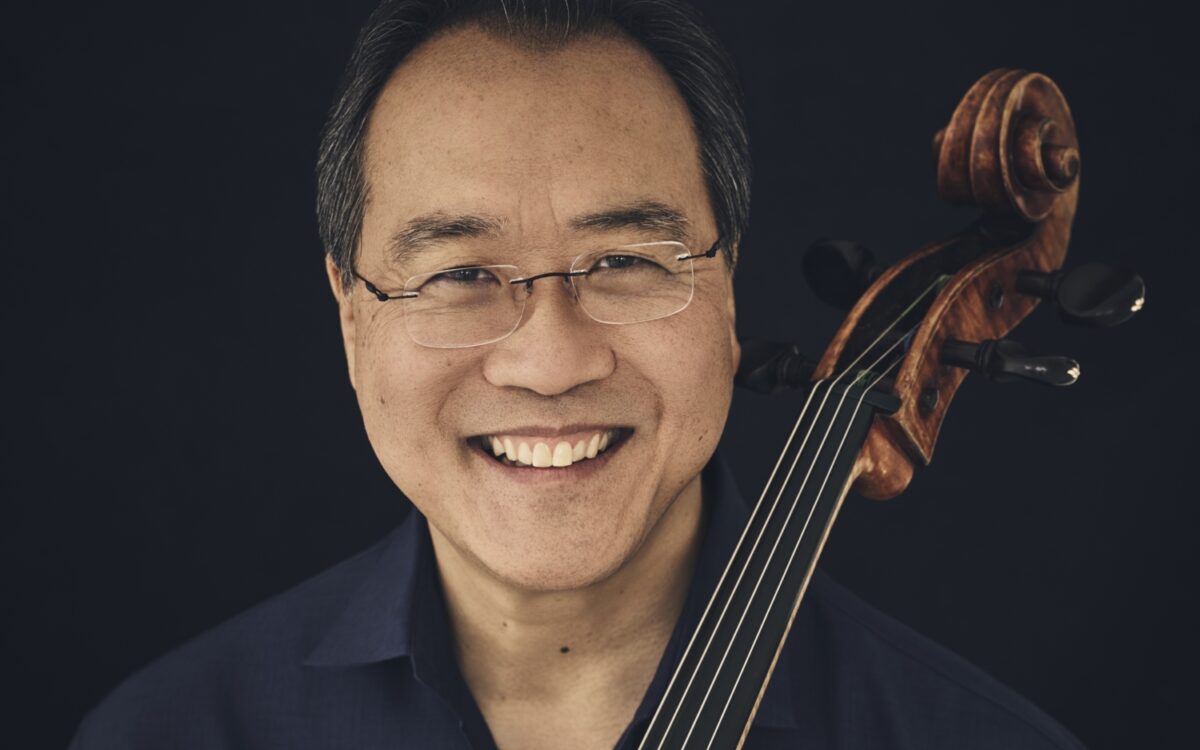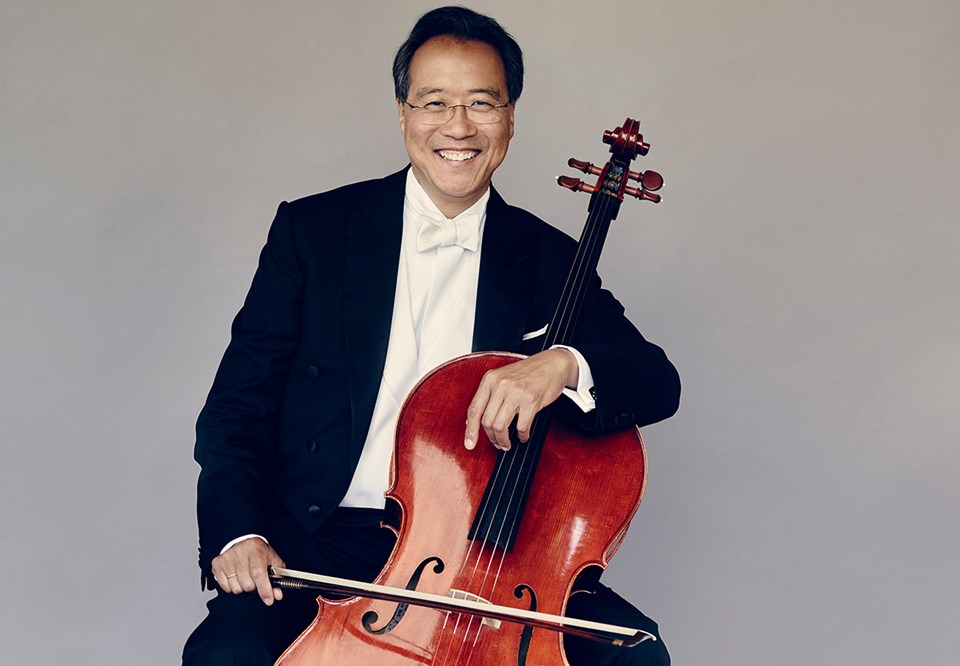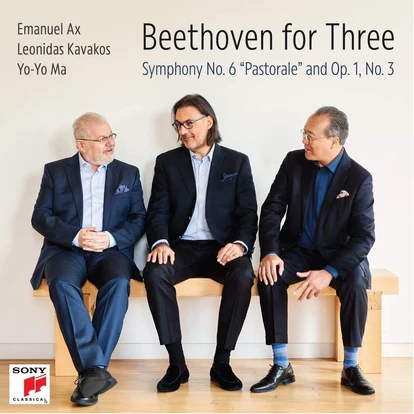BARBER BRUCH – ESTHER YOO
“Barber Bruch (1838-1920)” by Esther Yoo: A Musical Journey of Heritage and Mastery
Don Roberts, January 2023
Esther Yoo’s musical journey is one that transcends borders and cultures, and her latest album, “Max Bruch (1838-1920),” in collaboration with the Royal Philharmonic Orchestra and conductor Vasily Petrenko, is a testament to her deep connection to her heritage and her remarkable skill as a violinist. This Deutsche Grammophon release features a unique selection of works that span almost a century, showcasing Yoo’s passion and versatility.
Yoo’s background, born in the USA but raised in Europe, brings a rich blend of influences to her performances. Her choice to include works that reflect her cultural upbringing in the USA, Belgium, and Germany adds a personal and engaging touch to the album. Opening with Bruch’s iconic Violin Concerto No. 1, Op. 26, Yoo’s fresh and compelling interpretation captures the warmth of Bruch’s melodies and the various emotional shades of the composition. Her mastery over the instrument is evident as she effortlessly navigates the intricate passages and infuses each movement with passion and vitality.
In the concerto’s opening movement, marked Vorspiel: Allegro moderato, Yoo’s playing resonates with a captivating passion that draws listeners in from the very start. The Adagio movement is a highlight, characterized by Yoo’s sincere and deeply expressive performance, beautifully capturing the melancholic essence of the music. In the Finale: Allegro energico, Yoo’s skillful interpretation highlights the lively dance rhythms and seamlessly transitions between moments of excitement and heartfelt expression.
The inclusion of Bruch’s Adagio appassionato further showcases Yoo’s ability to convey the emotional depth of the composer’s work. This single-movement piece allows Yoo to shine as she captures both the exhilaration and nostalgia present in Bruch’s writing.
Moving to Samuel Barber’s Violin Concerto, Yoo’s performance reflects her respect for the work. The opening Allegro is infused with drama and intensity, highlighting Yoo’s technical prowess and her ability to generate a sense of anticipation. The heart of the composition, the Andante movement, is a standout, with Yoo’s lyrical and fluent playing capturing the beauty of Barber’s melodies. Despite the somewhat debated reception of the Finale, Yoo navigates its virtuosic demands with confidence and skill, delivering a satisfying conclusion.
Yoo’s choice to include Henri Vieuxtemps’ Souvenir d’Amérique, Variations Burleques (Yankee Doodle), Op. 17, adds a touch of humor and delight to the album. Her rendition of this playful piece is engaging and lighthearted, showcasing her ability to connect with the audience through her music.
Throughout the album, conductor Vasily Petrenko’s collaboration with the Royal Philharmonic Orchestra is evident in their precise and nuanced interpretation of the music. The orchestra’s dynamic range and rhythmic impetus contribute to the success of Yoo’s performances.
The recording quality of the album, captured at Henry Wood Hall and Watford Colosseum, is impeccable. Yoo’s violin, the ‘Prince Obolensky’ Stradivarius (1704), resonates beautifully, allowing listeners to fully appreciate the nuances of her playing.
“Max Bruch (1838-1920)” is a reflection of Esther Yoo’s musical journey and her deep connection to the works she performs. Her captivating performances of Bruch’s and Barber’s violin concertos, along with Vieuxtemps’ playful variation piece, make this album a valuable addition to the repertoire. Yoo’s ability to convey emotion, technical prowess, and her dedication to her craft are all evident in this highly recommended recording.













